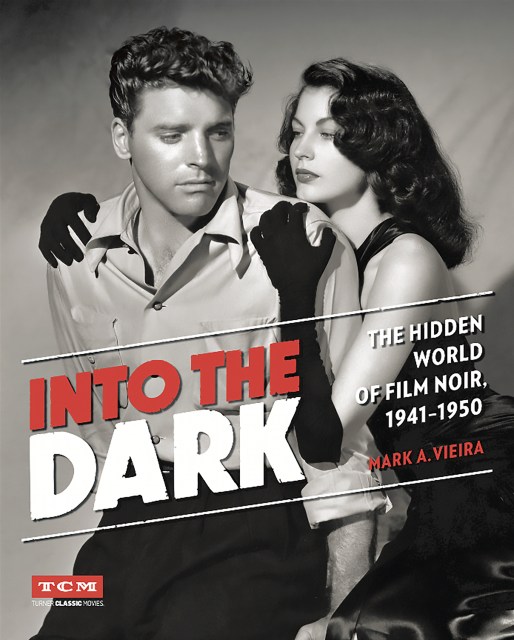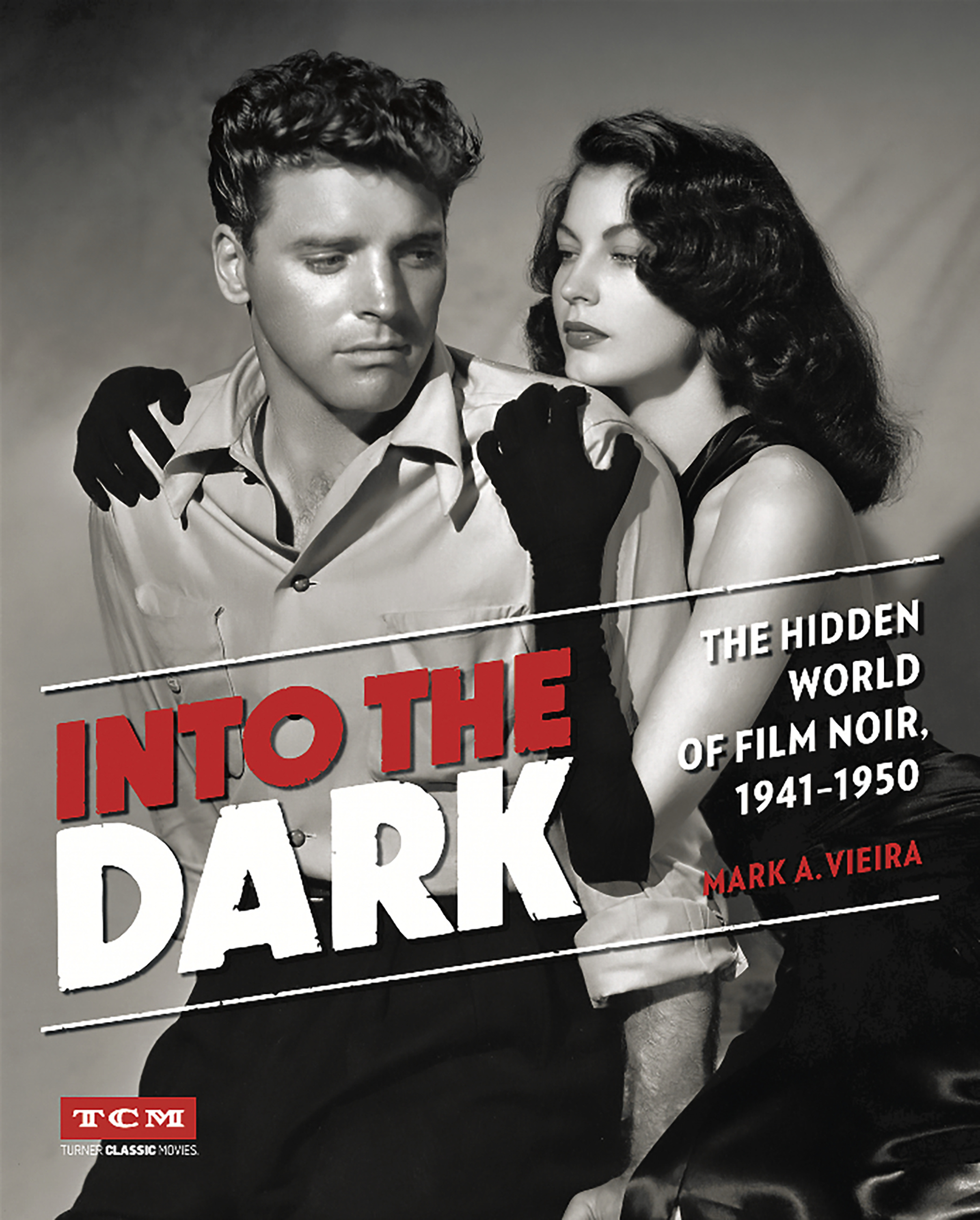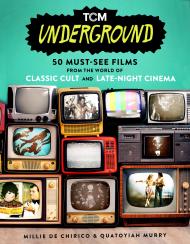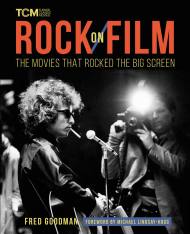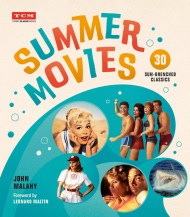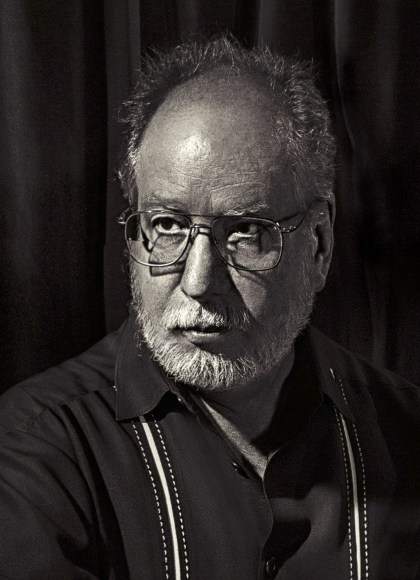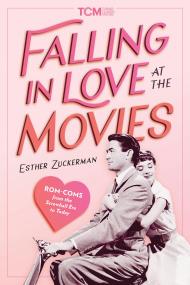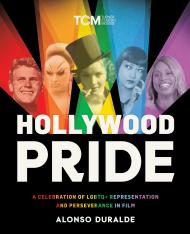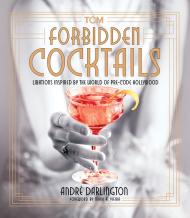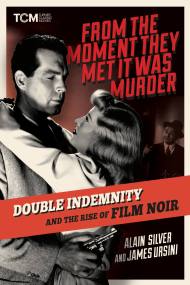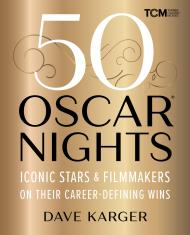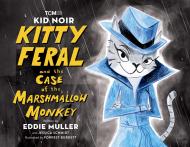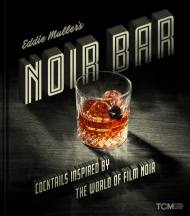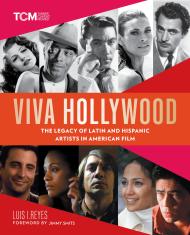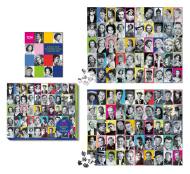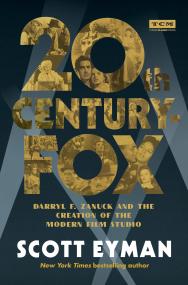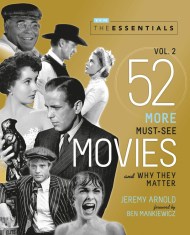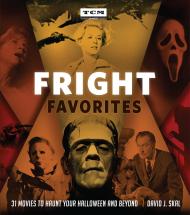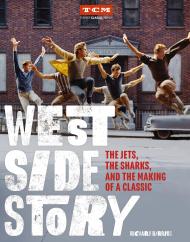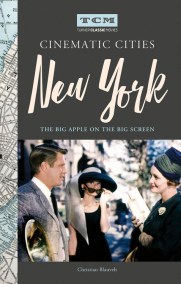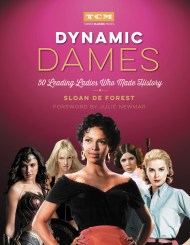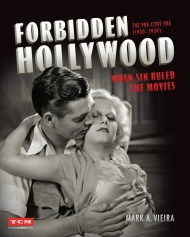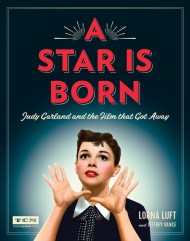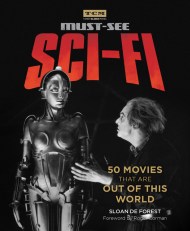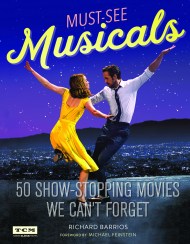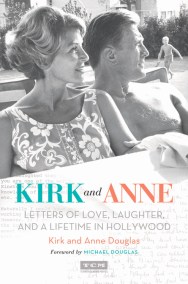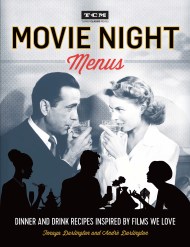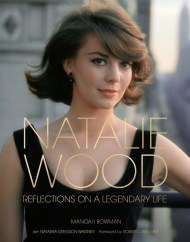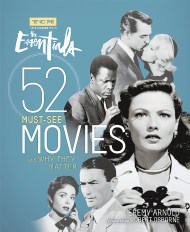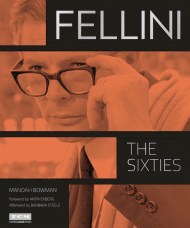Promotion
Use code MOM24 for 20% off site wide + free shipping over $45
Into the Dark
The Hidden World of Film Noir, 1941-1950
Contributors
By Turner Classic Movies
Formats and Prices
Price
$40.00Price
$50.00 CADFormat
Format:
- Hardcover $40.00 $50.00 CAD
- ebook $21.99 $28.99 CAD
This item is a preorder. Your payment method will be charged immediately, and the product is expected to ship on or around May 24, 2016. This date is subject to change due to shipping delays beyond our control.
Also available from:
Into the Dark is the first book to tell the story of film noir in its own voice. Author Mark A. Vieira quotes the artists who made these movies and the journalists and critics who wrote about them, taking readers on a year-by-year tour of the exciting nights when movies like Double Indemnity, Mildred Pierce, and Sunset Boulevard were sprung on an unsuspecting public. For the first time, we hear the voices of film noir artists speak from the sets and offices of the studios, explaining the dark genre, even before it had a name. Those voices tell how the genre was born and how it thrived in an industry devoted to sweetness and light.
Into the Dark is a ticket to a smoky, glamorous world. You enter a story conference with Raymond Chandler, visit the set of Laura, and watch Detour with a Midwest audience. This volume recreates the environment that spawned film noir. It also displays the wit and warmth of the genre’s artists. Hedda Hopper reports on Citizen Kane, calling Orson Welles “Little Orson Annie.” Lauren Bacall says she enjoys playing a bad girl in To Have and Have Not. Bosley Crowther calls Joan Crawford in Possessed a “ghost wailing for a demon lover beneath a waning moon.” An Indiana exhibitor rates the classic Murder, My Sweet a “passable program picture.” Illustrated by hundreds of rare still photographs, Into the Dark conveys the mystery, glamour, and irony that make film noir surpassingly popular.
About TCM:
Turner Classic Movies is the definitive resource for the greatest movies of all time. It engages, entertains, and enlightens to show how the entire spectrum of classic movies, movie history, and movie-making touches us all and influences how we think and live today.
Genre:
-
“Bursting with glossy stills and archival material, film historian and photographer Mark A. Vieira's Into The Dark: The Hidden World of Film Noir, 1941-1950 offers an unprecedented portal into Hollywood's golden era of cynicism. A systematic study of noir, this gorgeous coffee table tome fills a significant gap in scholarship on the genre.”
--MovieMaker
- On Sale
- May 24, 2016
- Page Count
- 336 pages
- Publisher
- Running Press
- ISBN-13
- 9780762455232
Newsletter Signup
By clicking ‘Sign Up,’ I acknowledge that I have read and agree to Hachette Book Group’s Privacy Policy and Terms of Use
